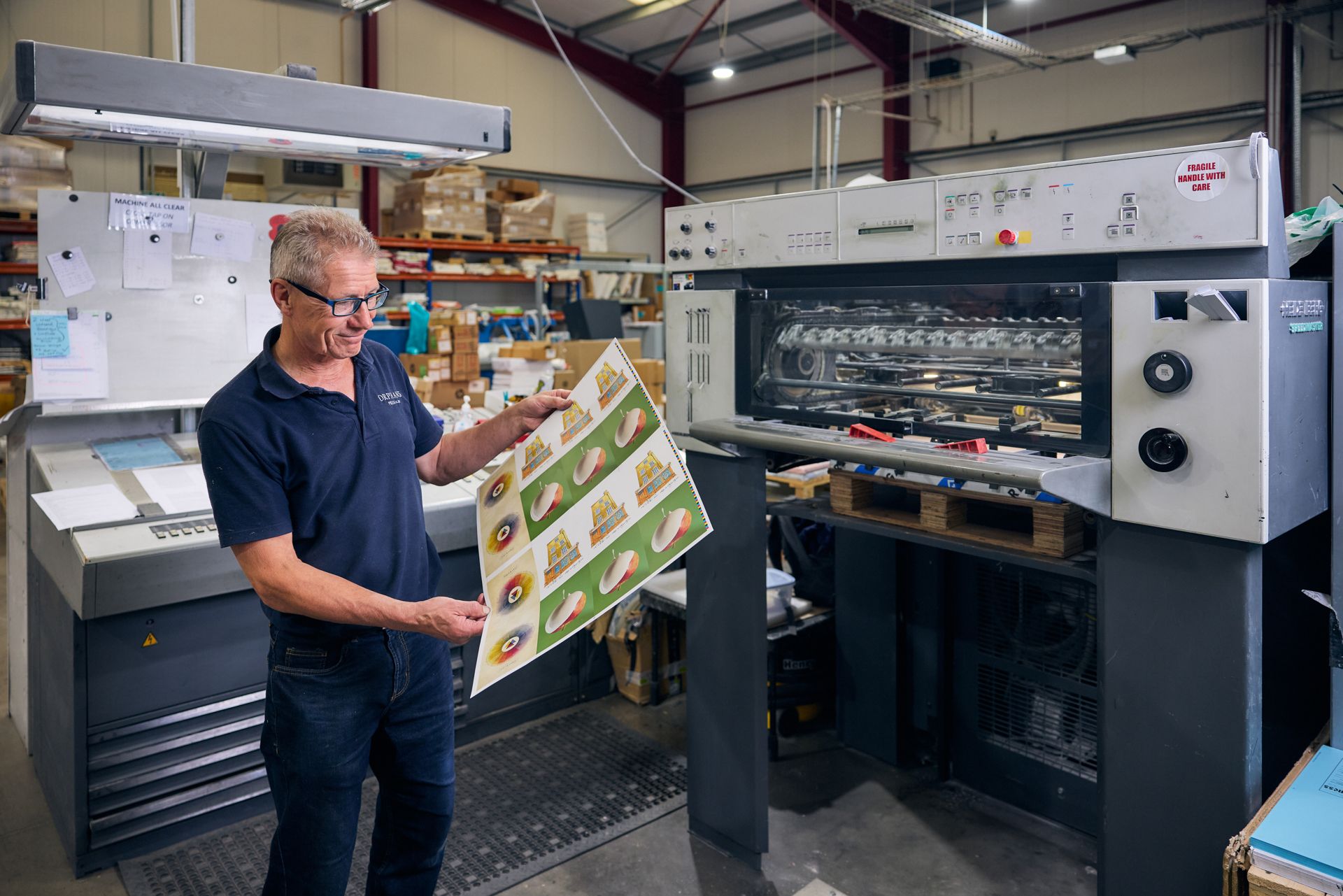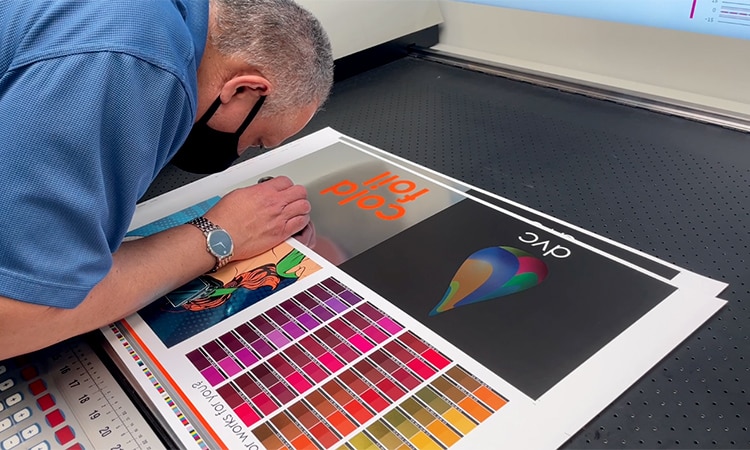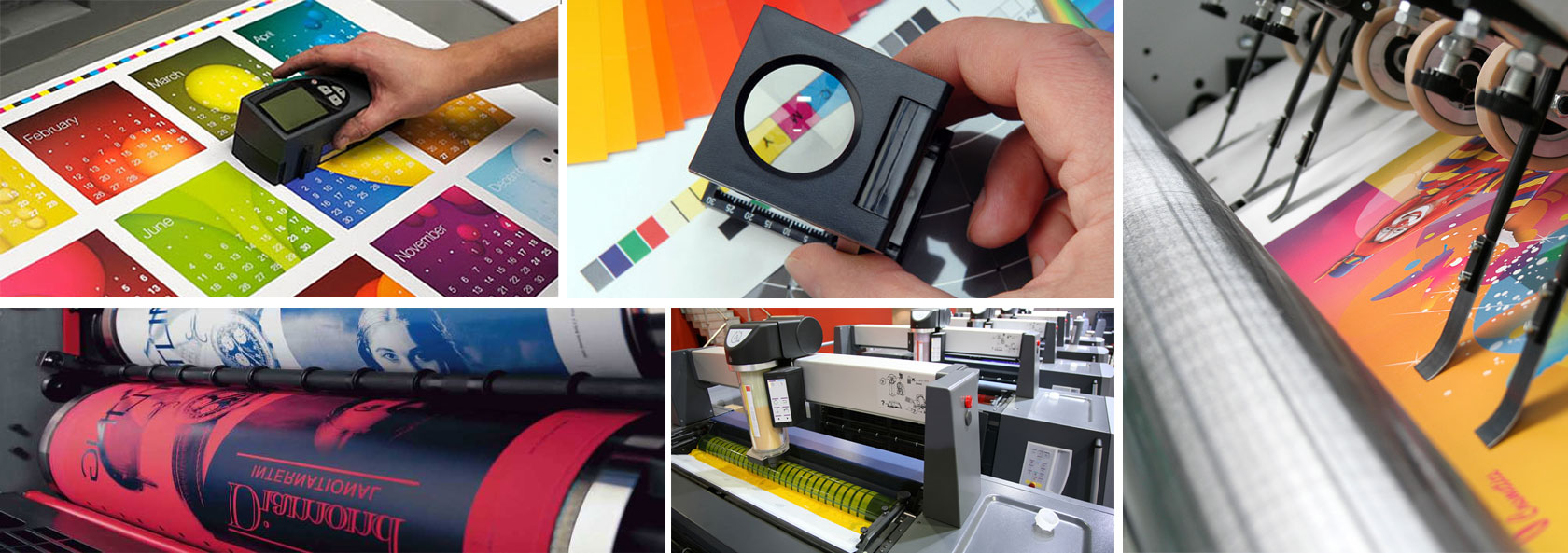Key Industries That Use litho printing Today
Key Industries That Use litho printing Today
Blog Article
A Comprehensive Guide to Recognizing Litho Printing Techniques
The world of litho printing, a strategy originating from the late 18th century, is a remarkable blend of history, advancement, science and art. This extensive guide will certainly unwind the complexities of this printing technique, from the composition of litho inks to the difficulties dealt with in modern-day applications. As we venture right into the ins and outs of lithography, the importance of automation and sustainability in guaranteeing its future relevance becomes increasingly clear. Stick with us as we trip right into the captivating realm of litho printing.
The Historical Evolution of Litho Printing
The historical trajectory of litho printing, a pivotal innovation in the world of communication, is a captivating tale of human ingenuity. Birthed in the late 18th century by Alois Senefelder, this technique was originally a cost-effective technique of releasing theatrical jobs. Lithography, originated from the Greek words for 'rock' and 'to write', made use of a smooth stone surface area to move photos onto paper. The procedure developed with the development of the rotating press, which substantially raised productivity (litho printing). In the 20th century, the development of countered lithography reinvented the sector, allowing for automation of top notch prints. Each phase of litho printing's evolution showcases mankind's unrelenting quest of performance and top quality in visual interaction.
Deciphering the Science Behind Litho Printing Inks
Progressing in the exploration of litho printing techniques, the focus currently changes to the scientific research behind litho printing inks. The make-up of these inks, their drying out process, and shade mixing strategies develop the backbone of this complicated art kind. Recognizing these aspects is vital to understanding the craft and attaining the preferred print outcomes.
Make-up of Litho Inks
In lithographic printing, the essential role of litho inks can not be overemphasized. The composition of litho inks varies depending upon its function, but typically, they contain 2 primary components - vehicles and pigments. Pigments, the color-providing aspects, are finely ground bits suspended in the car, a fluid that brings the pigment onto the printing surface area. The automobile is a complicated mixture of oils, resins, and solvents, which affect the ink's drying time, attachment, and gloss. Additionally, numerous ingredients are existing to boost certain residential properties like flow, drying, and resistance to environmental impacts. Each component plays an essential part in the last print's quality, making the precise formulation of litho inks an intricate scientific research.
Ink Drying Refine
From the make-up of litho inks, interest turns to the interesting process of ink drying. The drying process is crucial, as it impacts the final print's top quality and long life. 2 main techniques are made use of in litho printing: oxidative drying out and absorption. Oxidative drying entails the ink responding with oxygen airborne to create a tough, dry movie. This technique supplies a resilient finish, yet can be slower contrasted to absorption. Absorption, on the various other hand, involves the ink seeping into the paper fibers, which is a quicker process yet can result in less lively shades. The choice in between these methods is dependent upon factors such as print rate needs, the paper kind made use of, and the preferred coating.
Color Combining Methods
While the drying out procedure plays a crucial role in litho printing, the science of shade blending methods holds equal value. This is a complicated process that entails the cautious mixing of primaries: cyan, magenta, and yellow, in varying percentages to achieve a large variety of shades. The enhancement of black ink, referred to as 'key', aids in managing the intensity and depth of the shades. The scientific research behind litho printing inks also takes into consideration the openness of the ink, which influences just how shades overlay and mix. To achieve an efficient color mix, print experts need to additionally understand the intricacies of ink actions, color concept, and the physical properties of the substratum on which the ink is applied.
The Art and Layout Elements in Litho Printing
Litho printing breathes life see post into art and layout via its distinct components. The process entails developing a photo on a lithographic limestone plate or metal plate with a smooth surface area. The photo is then published onto a tool, normally paper, by moving the ink from home plate. What sets litho printing apart is its capacity to replicate elaborate layouts with high integrity, making the result practically identical to the initial artwork. This is attained via the use of various line techniques such as hatching, stippling, and cross-hatching, which allow for a variety of tonal results. Furthermore, litho printing accommodates a range of shades, enabling artists to develop dynamic and vibrant prints. This mix of precision and adaptability makes litho printing a favored option for several musicians and developers.
Modern Applications of Litho Printing Techniques
Litho printing strategies have discovered extensive usage in the modern commercial industry. Its impact and relevance remain to expand with the development of brand-new developments and innovations in the area. This section will discover these contemporary applications and the transformative function they play in the printing market.
Industrial Litho Printing Makes Use Of
In today's electronic age, one might ask yourself concerning the importance of standard printing methods. Yet, litho printing remains an essential component of the industrial field. High-volume printing jobs, such as the manufacturing of publications, newspapers, and product packaging, rely upon litho printing for its capacity to deliver remarkable photo quality and cost performance. The procedure, which includes transferring a tattooed image from a plate onto a rubber blanket and after that to the printing surface area, supplies unmatched consistency. This makes it ideal for jobs calling for a big print run. Litho printing also offers a wide shade spectrum, above that of digital printing. This makes it the best choice for jobs that require dynamic, high-quality color recreation.
Technologies in Litho Printing
Pressing the borders of typical techniques, contemporary advancements have actually sustained a host of advancements in litho printing. One prominent advancement is electronic litho printing, which integrates the virtues of electronic innovation with litho's premium outcome. These technologies emphasize the enduring significance of litho printing in the modern-day globe.
Exploring the Refine of Litho Printing: Detailed

Challenges and Solutions in Contemporary Litho Printing

Despite the accuracy and custom that litho printing happily supports, it is not without its set of modern challenges. Digital litho printing enables for cost-effective short runs and easy personalization, resolving the problem of variable information. Therefore, while there are obstacles, the litho printing market is proactively adapting to satisfy them head-on, ensuring its relevance in the future.
Final thought
In final thought, litho printing, with its abundant background and scientific details, holds a considerable location in the print sector. The future of litho printing hinges on its capacity to adjust to these changing needs, verifying its enduring value in an advancing market.

Report this page